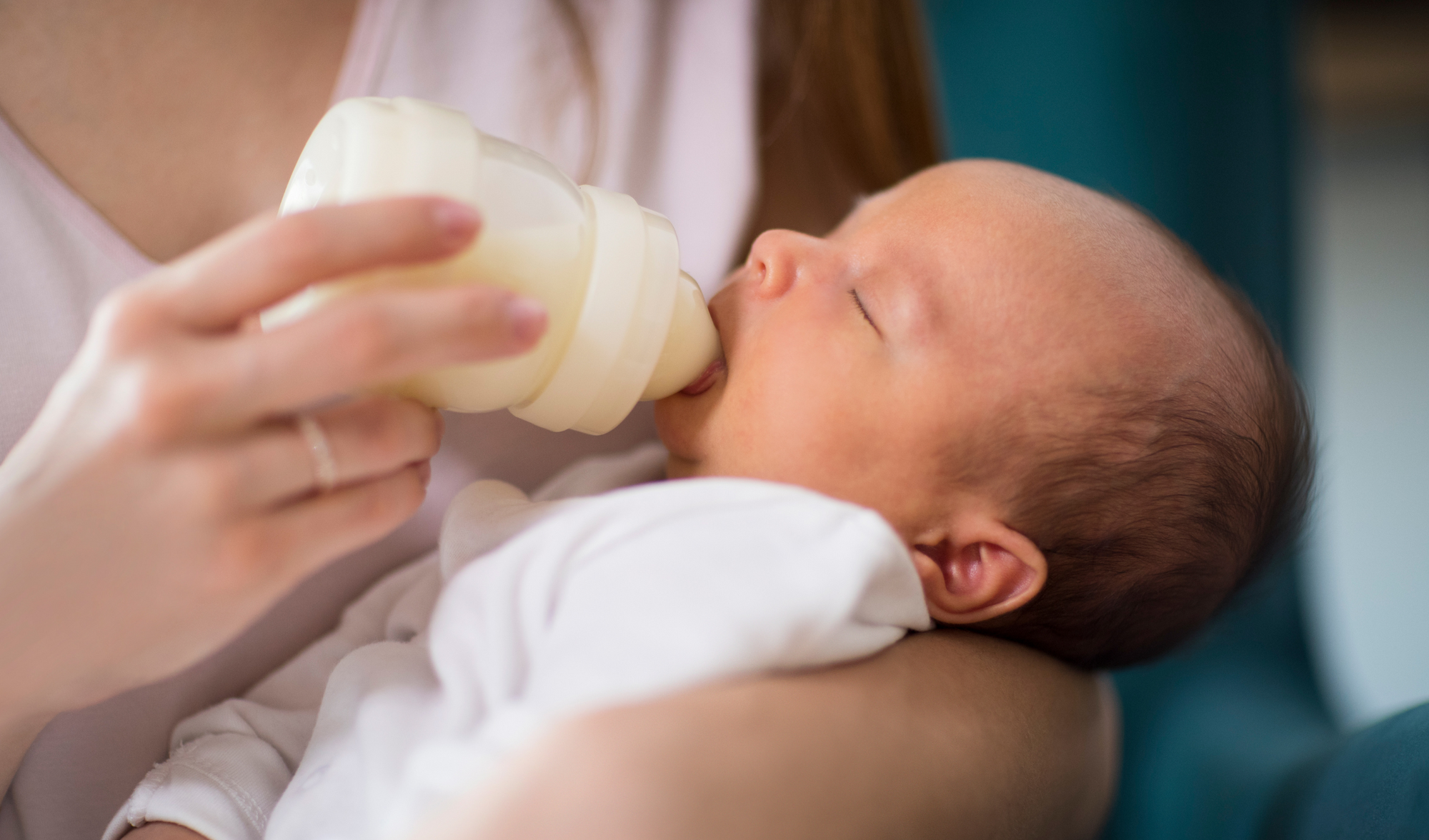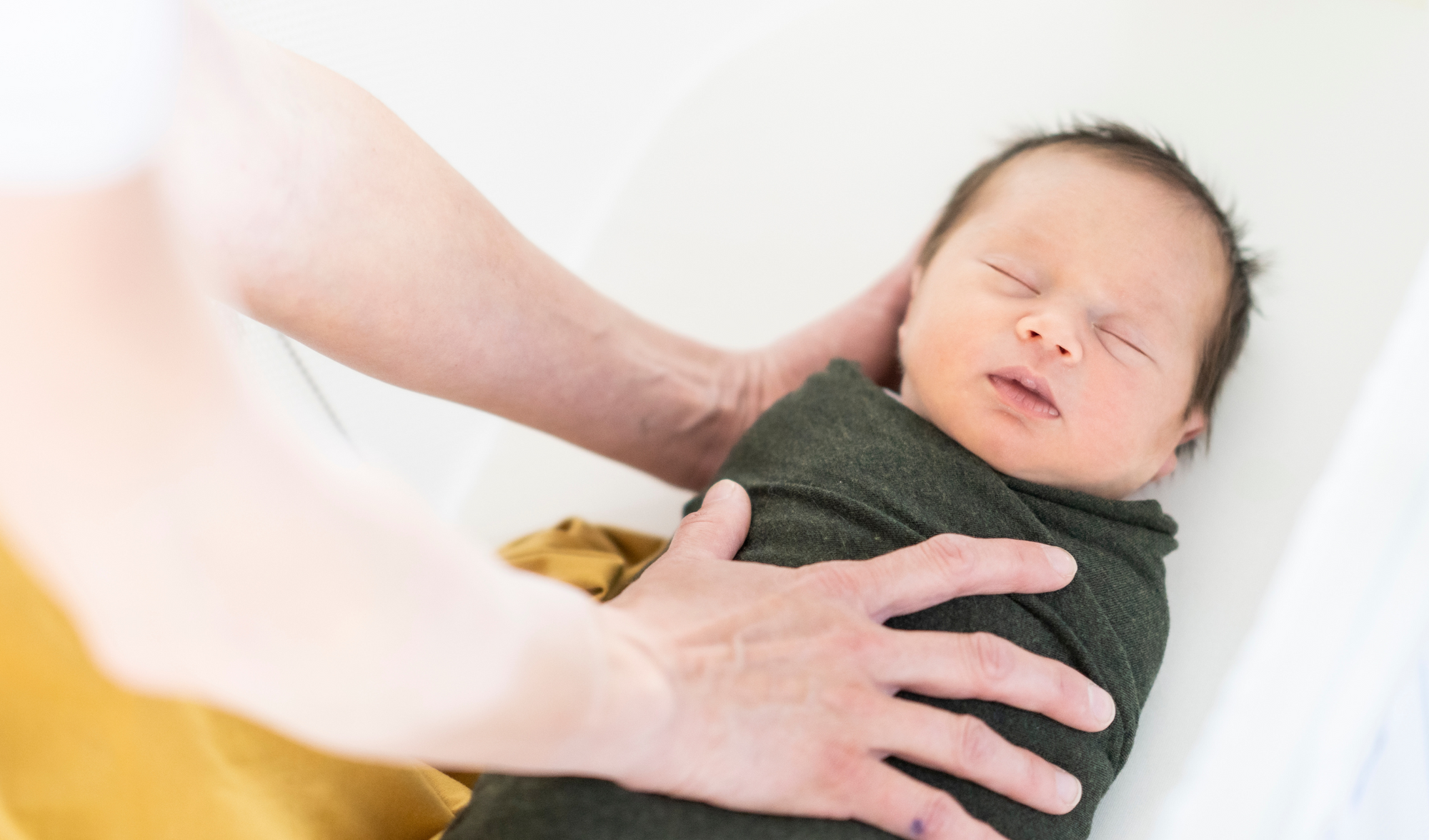Postpartum recovery is a process that every new mother goes through after giving birth. It is a time when the mother's body undergoes several changes as it returns to its pre-pregnancy state. While postpartum recovery can be a challenging time for many new mothers, knowing what to expect can help in the preparation for the physical and emotional changes that come with it.
Physical Changes
The physical changes that occur during postpartum recovery can be different for every woman. However, there are several common changes that most women experience, such as:
Vaginal Bleeding
Vaginal bleeding, known as lochia, is a normal part of postpartum recovery and typically occurs after both a vaginal or cesarean section birth. It usually lasts for several weeks and can range in color from bright red to brownish-pink. The bleeding may be heavier in the first few days after delivery and gradually decrease over time. It’s recommended to use absorbent sanitary pads as opposed to tampons during this time, as using tampons before your 6 week postnatal check may increase the risk of infection. Additionally, if you find the bleeding to be in large clots be sure to speak with your midwife as you may require some additional treatment.
Breast Changes
Breast changes are common during postpartum recovery, especially if the mother is breastfeeding. The breasts may become engorged, tender, and swollen as they begin to produce milk. It is essential to wear a supportive bra and use warm compresses to relieve discomfort. After giving birth, the breasts typically return to their original size alongside prepregnancy weight, although their shape may change permanently as a result of breastfeeding.

Abdominal Pain
Abdominal pain and cramping, also known as afterpains, are common during postpartum recovery as the uterus contracts and returns to its pre-pregnancy size. The pain is usually most severe in the first few days after delivery and gradually improves over time, and has been described as similar to having menstrual cramps.

Perineal Pain
Most common after a vaginal birth, perineal pain, or pain in the area between the vagina and anus. Depending on the level of swelling or tearing after giving birth, the area can heal in either a couple of weeks or a few months. However, the pain can be relieved by using a warm compress or sitting in a warm bath, using anesthetic spray, an ice pack or even by letting air get to the area.
Urinary and Bowel Changes
Urinary and bowel changes are common during postpartum recovery. Many women experience difficulty urinating or passing stools in the first few days after delivery. This is usually due to swelling and pressure on the pelvic area, and will improve over time.
Emotional Recovery
Postpartum recovery is not just about physical healing, but emotional healing as well. Here are some emotional changes that new moms may experience:
Bonding with Baby
New moms may feel an intense sense of love and connection with their newborn, but it's also normal to feel overwhelmed and unsure about how to care for a baby. One way to begin bonding with your baby after giving birth is to cradle them, gently rock them from side to side, or by gently stroking their head, arms and legs. If you don’t find yourself harboring intense feelings of closeness in the first few days or weeks after giving birth, don’t worry - it’s normal and bonding is typically a gradual process that happens over your baby’s first year of life.

Postpartum Depression
Postpartum depression is a serious mood disorder that affects many new moms. It's important to be aware of the symptoms, which can include sadness, anxiety, loss of interest in activities, and feelings of guilt or worthlessness. Women who experience these symptoms for more than two weeks should seek medical help.
Body Image
Many new moms struggle with body image issues after giving birth, as their bodies may look and feel different than before. It's important to remember that the body has undergone significant changes during pregnancy and childbirth, and it may take time to adjust.

Relationship Changes
Having a baby can change the dynamics of a relationship, and many new moms may struggle with feelings of isolation or disconnection from their partner. It's important to communicate openly and seek support when needed.
Tips for Postpartum Recovery
Postpartum recovery can be extremely overwhelming, and sometimes it’s even tricky to know where to start! In the meantime, here are some tips for new moms to help navigate postpartum recovery:
- Rest whenever possible and accept help from family and friends.
- Eat a healthy, balanced diet to support healing and lactation.
- Stay hydrated and avoid caffeine and alcohol, which can interfere with breastfeeding.
- Take care of your emotional health by seeking support from loved ones and medical professionals.
- Exercise gently, with the approval of your healthcare provider, to support physical healing and boost mood.
Related blogs:


